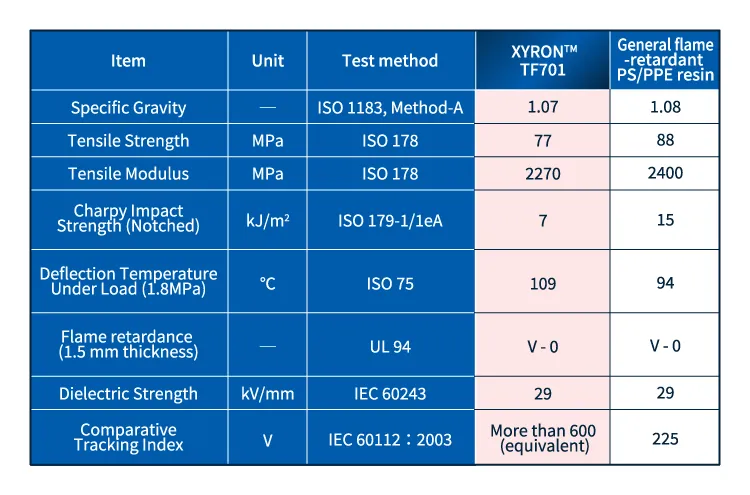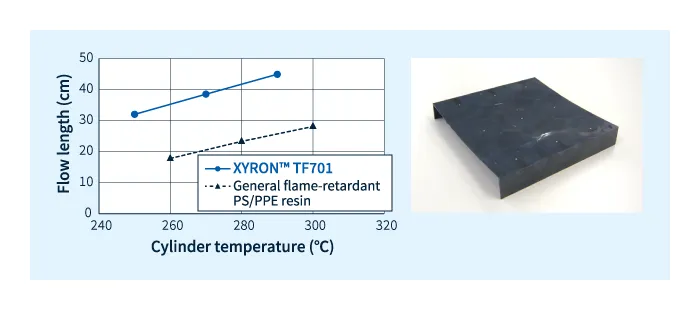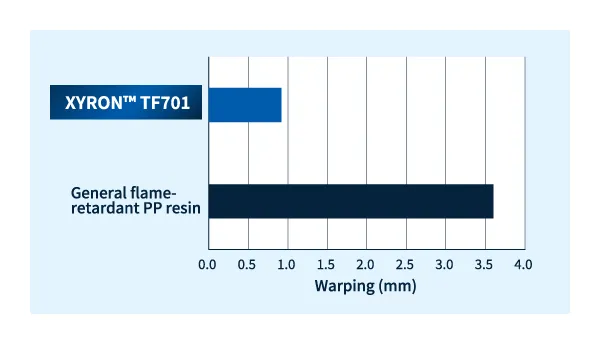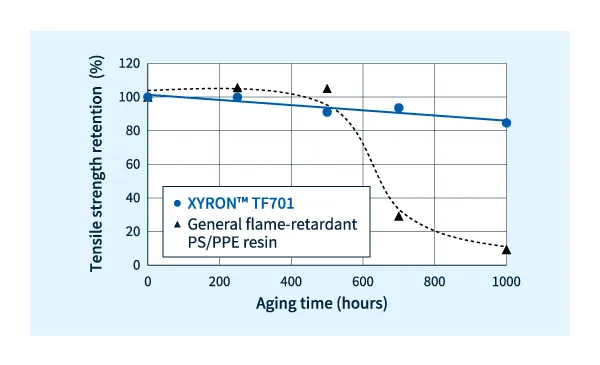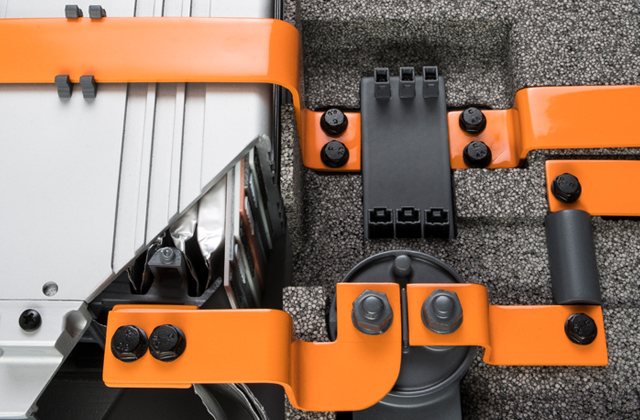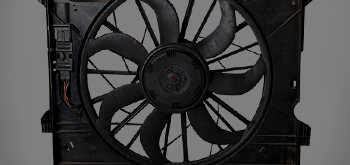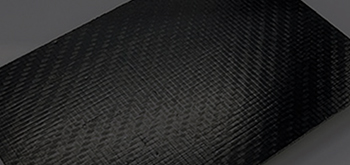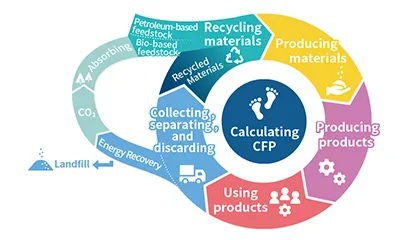Precautions for using XYRON™ (modified polyphenylene ether resin)
この資料の記載内容は現時点で入手できる資料、情報、データに基づいて作成しており、新しい知見により改訂されることがあります。また、注意事項は、通常の取り扱いを対象としたものなので、特殊な取り扱いの場合には、用途・用法に適した安全対策を実施の上、ご利用下さい。
1. Handling Precautions
The key points for handling XYRON™ are shown below. Please use them to ensure safe handling of XYRON™. Safety data sheets have been created separately for handling precautions for each grade of XYRON™. Please read the safety data sheets before use. We ask that you investigate the safety of any additives other than XYRON™ that you use yourself.
A. Precautions during operation
When handling XYRON™, be careful to avoid contact with or inhalation of pellets, molten resin, or gases generated during melting. In the unlikely event that contact or inhalation occurs, the first aid measures are as follows:
- ・If it gets into your eyes
If it gets in your eyes, rubbing it may cause irritation or damage the cornea, so wash thoroughly with clean water for at least 15 minutes without rubbing, and if there are any abnormalities, seek medical attention.
- ・If it adheres to the skin
In general, wash with water or soap, and if molten material adheres, immediately cool with clean water. Do not forcibly peel off the hardened resin on the skin, and seek medical attention.
- ・If inhaled
Normally, there is no direct effect on the human body, but if you inhale dust, etc., gargle well with clean water. If breathing fumes from the melt makes you sick, move to fresh air and wait for recovery. If it does not recover, get medical attention.
- ・If swallowed
Spit it out as much as possible, and if there are any abnormalities, seek medical attention.
B. Safety and Health Precautions
Be careful to avoid eye or skin contact and inhalation of gases generated during drying and melting of XYRON™. Also, do not directly touch hot resin. When drying and melting, it is necessary to install local exhaust ventilation and wear protective equipment (protective glasses, protective gloves, etc.).
- ・Equipment measures
In the molding work, there is a risk that gas may be generated by heating and melting, so please install an effective local exhaust system etc.
- ・Respiratory protective equipment
Wear a mask for organic gas when working in a place where there is a possibility of inhaling generated gas or fume. Wear a dust mask when working with resin products, sanding, or other work that generates dust.
- ・Protective glasses
When working, wear resin safety glasses with side seals, resin goggles, etc.
- ・Protective gloves
Wear as needed. In particular, when handling molten resin, use gloves with good heat insulation to prevent burns.
- ・Protective clothing
Regular work clothes are fine, but especially when handling molten resin, wear long-sleeved clothing to prevent burns.
C. Combustion Precautions
XYRON™ is flammable, so handle, transport, and store it away from heat and sources of ignition. In the event of a fire, it may produce intense heat, black smoke, carbon dioxide gas, carbon monoxide gas, and other toxic gases. To extinguish a fire, the same extinguishing agents as for general fires, such as water, foam extinguishing agent, or powder extinguishing agent, can be used. When extinguishing a fire, wear fireproof clothing and breathing equipment.
D. Precautions for transportation
Avoid getting wet and rough handling to prevent the packing bag from tearing. In the unlikely event that the bag is broken and the pellets are scattered, take special care not to slip and fall, and quickly sweep up and collect or dispose of them. Take measures to prevent static electricity disasters during pneumatic transportation.
E. Storage Precautions
Store XYRON™ in a location away from direct sunlight, high temperatures, and high humidity. Store it away from heat and sources of ignition, and take measures to prevent static electricity hazards.
F. Disposal Considerations
XYRON™, follow the Waste Disposal and Public Cleansing Law and entrust the disposal to a certified industrial waste disposal company or to a local government organization if such organization is in charge of disposal. When disposing of ZYLON™, use an incineration facility and dispose of the material in accordance with the Air Pollution Control Law and other laws and regulations.
2.Regarding conforming standards
XYRON™ has grades that comply with the voluntary regulations for polyolefin and other synthetic resin food containers and packaging, Ministry of Health, Labor and Welfare Notification No. 370, UL, CSA, and Electrical and Electronics Control Law. Please contact our staff for details.
3.Others
Please be aware of industrial property rights when using this product.
The data in the catalog are representative values obtained based on the specified test methods and are not guaranteed values. Please refer to them as a guide to select optimal suitable grade for your individual application. Please note that these values may be changed in order to improve the physical properties.
